
Figure 1 (A new mind works model #3)

Figure 2 (A new mind works model #4)
This is a revised version of the model of the mind works model (Figure 1). I have added a few more items to original version of the mind works model. White arrows and lines are the activity of the mind in the present life. Yellow arrows and lines are the activities in the future life. Pink dotted arrows are proposed activity which I have not yet read in sutta and are to be confirmed.
This is how it works:
Through the six senses we communicate and connect with things around us. In fact this is our whole "World". When an eye (blue) meets and an object (red) eye-consciousness (purple) arises (Figure 1). With the union of these three, eye contact arises which is shown in green. The exact same process occurs in the other five senses too. The sense is in shown blue and the sensory stimuli are shown in red and the respective consciousness is shown in purple. Sense consciousness from eye, ear,nose, tongue, body end up in the mind as a mental object. The individual six contacts (eye-contact, ear-contact...) here is shown as one common contact of the to make the model less complex. With contact feeling, perception and mental formations arises (all shown in orange). It is the change in the contact changes our feelings, perceptions and mental formations (thoughts). Here again the feelings, perceptions and mental formation are also shown as one common feeling, perception and metal formation for the purpose of this model. However individual feelings perceptions and mental formations happen at each sensory level. For xeample, eye-contact-feeling, ear- contact-feeling and so on.
Mental formations will give rise to applied and sustained thoughts. They may also give rise to mental proliferation (conceptual proliferation) of the thoughts about the past present and the future. This is a feedback loop back into the mind as mind objects so it can continue as a vicious cycle. There are also thoughts that can be retrieved from memory in mind consciousness back into the mind. Mind consciousness may leave imprints of your past memory as sort of "auto save copy" in memory of your computer. The past memory in turn can influence your feelings, perceptions and thoughts. It is also important to note that consciousness is present in each of them (for cognition of these) as contact which gave rise to feeling, perception and mental formations has consciousness included in it. See the post consciousness grows like a tree.
With unwise attention the accumulated craving (red) arises, the main bait being feeling. It is important note that craving arises at all these six senses too although in the model it is shown as one common craving. From craving clinging arises (dark orange). The main form of clingining generated here is the clinging for sensual pleasures. Other three forms of clinging (see the link in clinging) will arise as thoughts starts to generate. From clinging becoming (purple) arises. Becoming is the resultant karma formation for the future birth (pink). The main cause for kamma is volition as a part of mental formation. Volition also leads to bodily (purple oval) and verbal(blue oval) action and leads to more kamma formation for resultant future birth (pink). Kamma also generates at the level of clinging when thoughts arises about the four types of clinging.
When the present body dies the rebirth consciousness (sometimes called "the stream of consciousness") descends into a fertile mother after sexual union and birth arises. Name-and-form (not shown here but discussed elsewhere) has to be present with the rebirth consciousness for the further development of the fetus. Birth is defined as appearance of five aggregates (form, feeling, perception, mental formations, consciousness) and acquisition of six senses and all are seen in the mind works model (Figure 1). Then birth once again go through the same as present mind works model ending with old age, sickness and death. This model indicates that not seeing how the six senses work, we recycle ourselves in the samsara.
This process is self sustained as long as there are nutriments for the body (form) and the mind. This are the nutriments for the maintenance of beings and for those seeking a new existence. If you investigate this process deeply you will realize there is no actual person or being controlling this entire process. For example you can contemplate as this body not "mine", not "me" and not "myself". The same applies to your feelings, perceptions, mental formations and consciousness. From this model you can clearly see It is a just a process or chain of self sustained events fueled by nutriments.
Please note that the twelve step conventional Dependent Origination formula is not used here. This model starts with the six senses as we experience the world right now, for example as you read this blog right now. Apply this model to your mind and test this out as a practical exercise. For example when your eyes meet this post, eye consciousness will arise. From that eye contact will arise. From that feeling about the post, pleasant (nice post), unpleasant (I hate this post), or neutral (whatever) will arise. Then your perception about it and your mental formations (thoughts) and so on. You can work out the rest from the model from here following the flow diagram (Figure 1).
Now how do we get out from the relentless cycle of rebirth ?
The Figure 2 shows the possible points of action that can be applied to this model. The Foundations of Mindfulness: (Satipatthana Sutta), the contemplation of the body (kayanupassana), feeling (vedananupassana), mind (cittanupassana), and mental objects (dhammanupassana) which is shown in yellow bubbles in the flow chart (Figure 2), is the training that will enable us to see things clearly. With wise attention (Yoniso manasikara), we can now contemplate onThe Three Characteristics (ti-lakkha.na), Impermanence (Anicca), Suffering or Unsatisfactoriness (dukkha) and Not-self or Insubstantiality (anattaa) and this is the is final common pathway of contemplation of insight. The craving is completely destroyed by by insight or vipassana meditation.
You are welcome to post any comments to further improve this model. As I said in my preliminary model I may further modify this model as I go on examining more sutta. For the moment at least I have a basic model that will help me as an anchor and to examine Dhamma more deeply. Hope it will be useful to you too in some way.


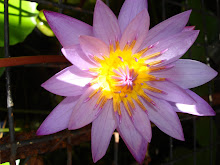












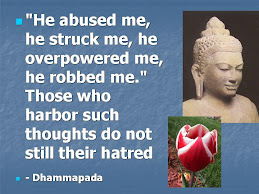

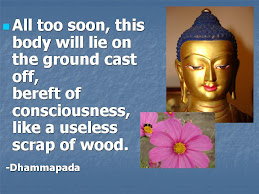
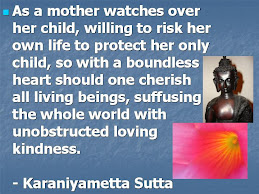
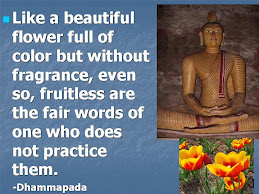
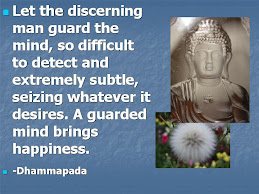

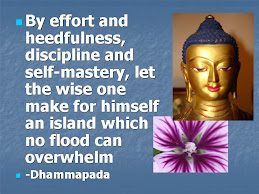

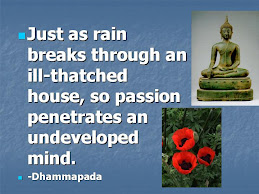

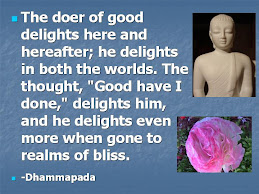
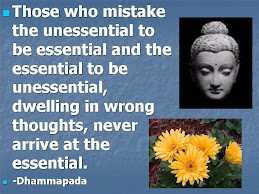
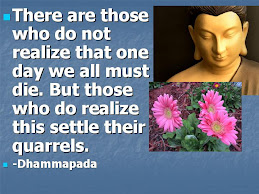
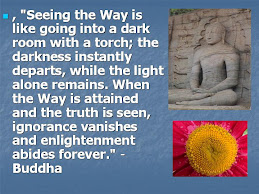

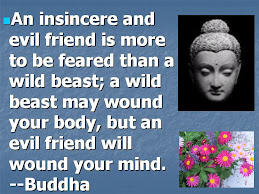
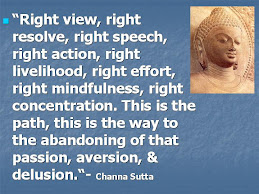

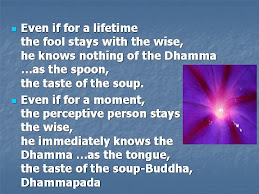


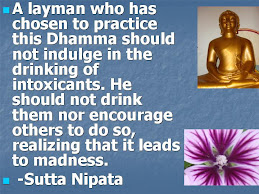
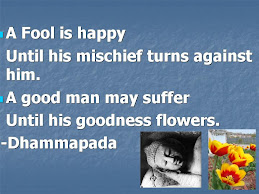
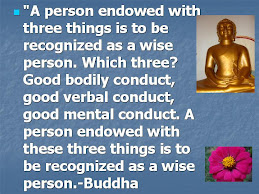

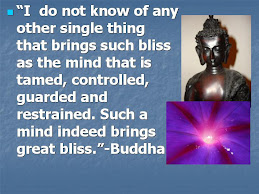
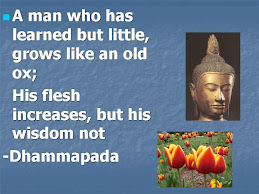
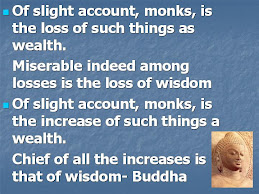
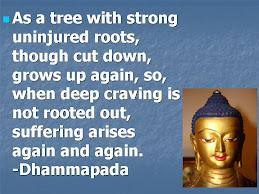
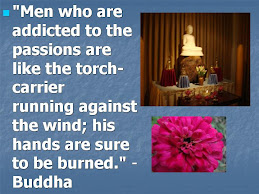


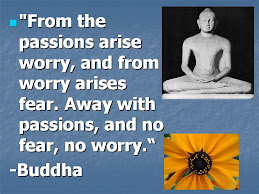
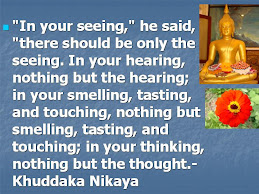




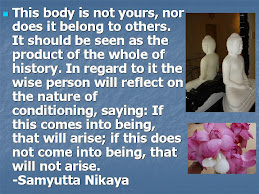
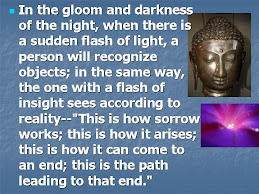
















1 comment:
As I am a Thai, I have learned naturally that we are doing karma at every "jit" (jetta). The explaination is in the book "Abhidhama". The book says "jit" co-occurs with "jettasik" of 4 kinds in nature out of 52 jettasiks (actually there are known 4-5 ways to classify "jettasik"). Howevr "karma" is "jettana"=intention jettasik. And Jettana jettasik is a kind of jettasik so called public jettasik which occurs with every "jit". So we are doing karma at all time as long as we live sleep or awake.
Post a Comment